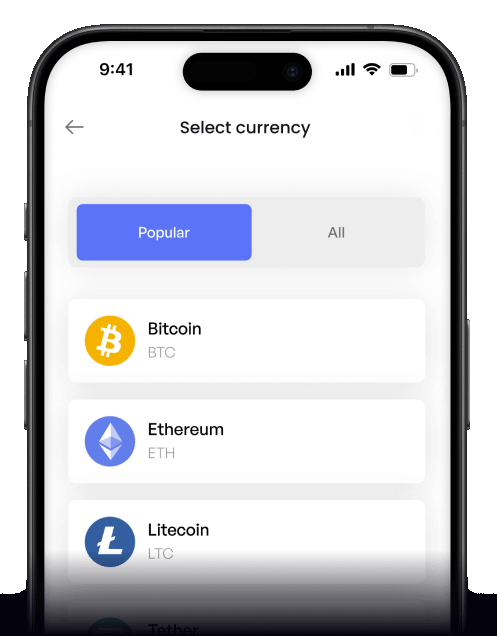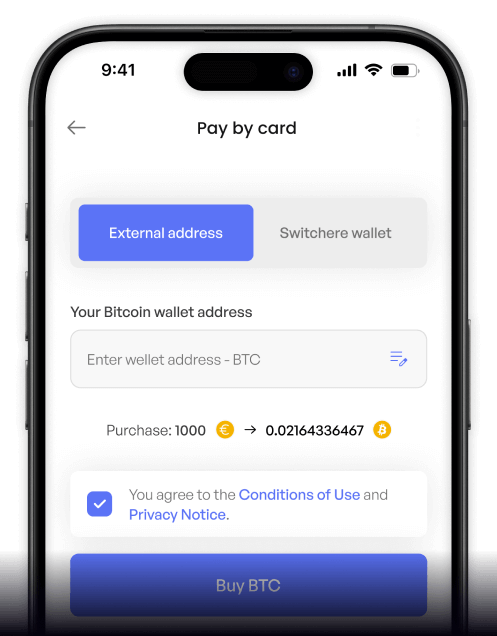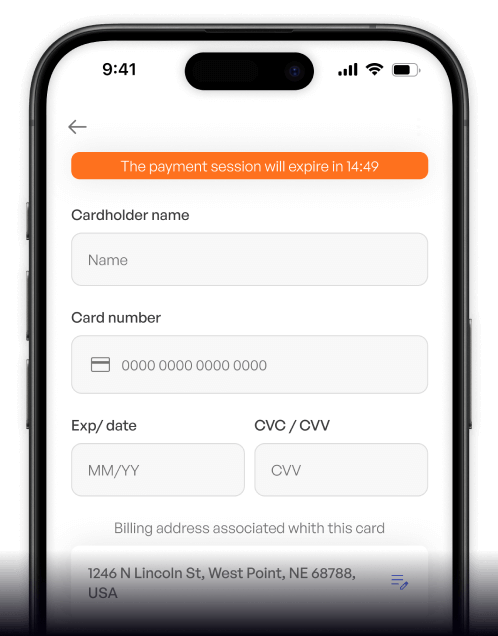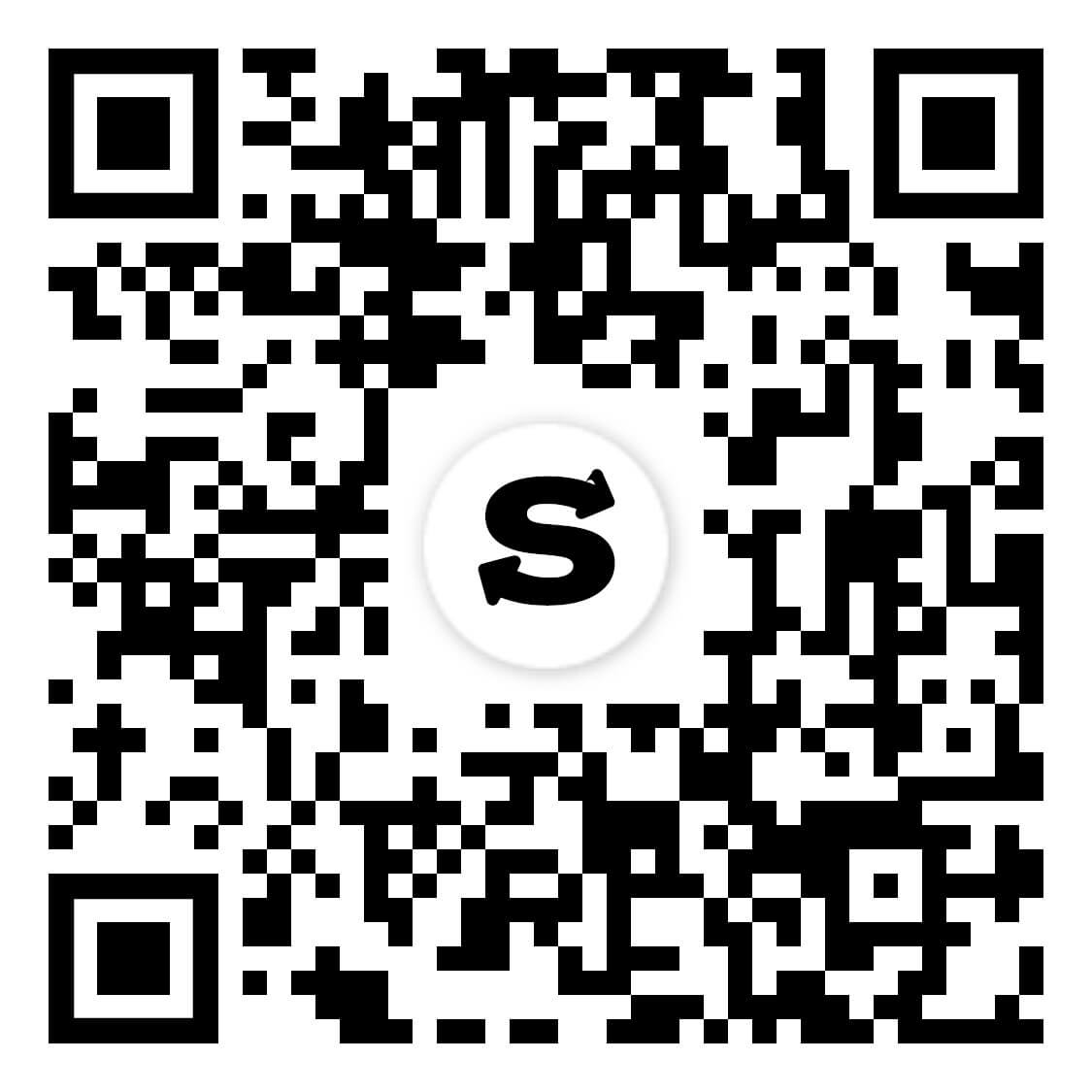Convert
Swiss Franc (CHF) to Avalanche (AVAX) Instantly
Purchase Avalanche (AVAX) with Swiss Franc (CHF) easily at Switchere and benefit from fast, secure transactions.
About
Avalanche (AVAX)
Avalanche (AVAX) emerges as a high-performance Layer 1 blockchain technology platform, meticulously engineered to address the critical scalability trilemma—achieving decentralization, security, and high throughput. Its primary purpose is to provide a robust and versatile foundation for decentralized applications (dApps) and custom blockchain deployments, known as subnets. This decentralized network utilizes the innovative Avalanche consensus protocol, a family of Snowball-influenced mechanisms, enabling near-instant transaction finality, typically under two seconds, distinguishing it within the competitive landscape of digital asset platforms. The platform's architecture fosters a flourishing ecosystem for complex smart contracts and diverse Web3 infrastructure.
The core architecture of Avalanche is uniquely structured around three distinct yet interoperable chains: the Exchange Chain (X-Chain) for creating and managing digital assets, the Platform Chain (P-Chain) for coordinating validators, tracking active subnets, and enabling new subnet creation, and the Contract Chain (C-Chain) for executing Ethereum Virtual Machine (EVM) compatible smart contracts. This multi-chain design facilitates a wide array of use cases, prominently including advanced DeFi applications, enterprise solutions, and blockchain-based gaming. The native utility token, AVAX, is integral to the ecosystem's tokenomics; it's used for paying transaction fees across the network, securing the platform through staking by validators, participating in on-chain governance decisions, and as a common unit of account among subnets. This positions Avalanche as a significant and adaptable infrastructure layer aiming to support a new generation of decentralized systems and digital ledgers.
How to Buy Avalanche (AVAX)
Popular Coins for Swiss Franc (CHF)
Other Coins for Swiss Franc (CHF)
Frequently asked questions
-
What is the most common way to buy Avalanche (AVAX) with Swiss Francs (CHF)?
The most common method is using a regulated cryptocurrency exchange that offers a direct CHF/AVAX trading pair or supports CHF deposits via SEPA or local Swiss bank transfers. Users typically complete a KYC/AML verification, deposit CHF, and then execute a purchase order on the platform's order book. Choosing an exchange compliant with FINMA regulations provides an added layer of security for your digital asset purchase. -
What is the strategic advantage of using a CHF to AVAX fiat on-ramp?
Using a direct CHF/AVAX pair provides Swiss investors with a streamlined fiat on-ramp into the high-throughput Avalanche ecosystem. This avoids potential double conversion fees (e.g., CHF to EUR/USD, then to AVAX) and simplifies the process of acquiring AVAX needed to interact with dApps, participate in DeFi, or engage with Avalanche's innovative Subnet architecture. -
How does Avalanche's architecture (C-Chain, Subnets) add value to an AVAX investment made with CHF?
Your CHF investment buys AVAX, the native token essential for interacting with Avalanche's unique structure. The C-Chain offers EVM compatibility for a vast dApp ecosystem, while Subnets allow for the creation of custom, application-specific blockchains. AVAX is used for paying transaction fees and for staking to secure the network, including these Subnets. This utility within a scalable, high-throughput environment is a core value proposition. -
What are the typical fees when converting CHF to AVAX on a cryptocurrency exchange?
You will encounter two main types of fees. First, the trading fee, which is a small percentage of your transaction value charged by the exchange for executing the CHF to AVAX trade. Second, a withdrawal fee, a flat amount of AVAX charged if you move your digital assets to an external, non-custodial wallet. Additionally, remember that all on-chain actions on the Avalanche network itself, like transfers or smart contract interactions, require a small network fee (gas) paid in AVAX. -
Is KYC verification mandatory for purchasing Avalanche (AVAX) with Swiss Francs?
Yes, for any reputable and regulated cryptocurrency exchange that facilitates CHF fiat on-ramps, KYC (Know Your Customer) and AML (Anti-Money Laundering) compliance is mandatory. This process involves verifying your identity and is a critical security measure required by financial regulators like FINMA to prevent illicit activities and protect users engaged in secure trading.






